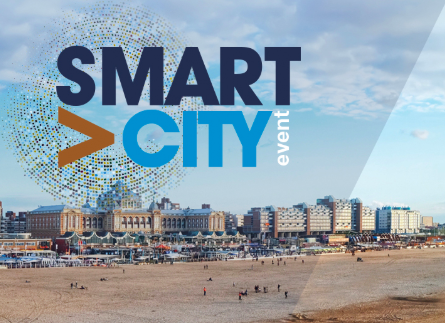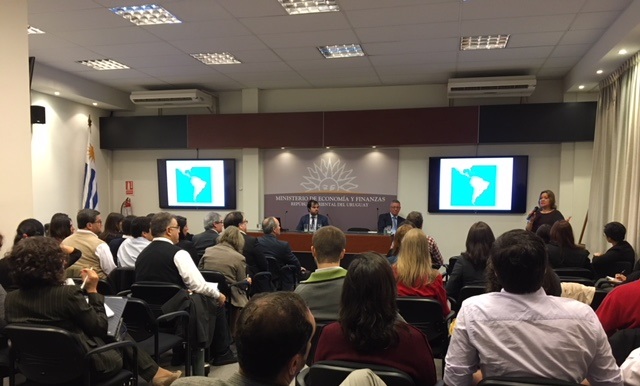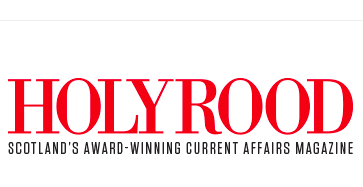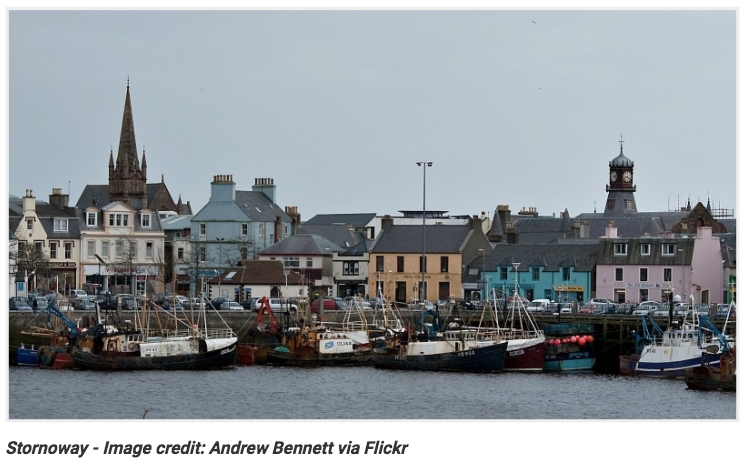The Danish election of 2019 was widely seen as an environmental election – it brought to power the Social Democrats with the backing of three other parties that each saw the environment as a key part of their platform. Until the Covid-19 crisis and an effective political truce, this dominated relations between the parties of the “red bloc”. Now, as talk begins to turn to reopening and stimulating the economy, the rhetoric of the environment has returned. Morten Østergaard, leader of Radikale Venstre (literally translated as Radical Left, a social liberal party that is neither radical nor particularly left wing) has pushed the Prime Minister into agreeing that this restart of the economy should be green, and that the Government’s ambitions and promises around the environment must not be victims of Covid-19. She agreed.
Achieving the goals through CO2 taxes
What will that mean in practice? In December 2019 the Danish parliament passed a climate law officially binding the target to reduce CO2 emissions to 70% of their 1990 levels by 2030. How it tackles that target in new political and social conditions is currently under debate.
The Danish Economic Council (ØR) sees CO2 taxes as the most cost-effective way forwards, advising against any state spending on green growth, even given the current crisis.
Their argument is that taxes on CO2 create a positive spiral towards CO2 reduction, making CO2 heavy products more expensive for consumers and CO2 methods of production more expensive for producers.
Boosting consumption
The ØR does argue for a need to increase consumption in order to stimulate the economy. There has been evidence that individual savings in Denmark have markedly increased during the crisis, undoubtably having an impact on the real economy. In order to stimulate the economy in the short term, the ØR suggests lowering the tax on electricity. This would increase the disposable income for consumers, who will increase their consumption which will help get the economy out of the crisis, after which a CO2 tax can be implemented to begin the “positive spiral”. This, they argue, is the most efficient and cost-effective method of achieving both an economic recovery and the 2030 goals.
Back to Green Growth
ØR thinking emerged after Dansk Industri (Confederation of Danish Industry representing approximately 11,000 companies) published their own outline of a green recovery – “Denmark out of crisis – back to green growth”. This suggested a more interventionist approach from the Government, that would see the Government pump around 90 billion DKK (around £10.5.billion) into the economy, particularly directed towards green investments and infrastructure. The report suggested this would contribute around one-quarter of the 2030 CO2 reduction targets, as well as creating and supporting 30,000 jobs.
If various Covid-19 bailouts are included, the total cost to the government under DI’s plans would be around 150 billion DKK.
A multi-strand approach
These costs are spread across 70 different policy interventions, including 2 billion to kickstart infrastructure to support widespread use of hydrogen fuels where electrification is not viable, as well as carbon capture. The plan further suggests expanding the 2018 energy package that set a goal of constructing three new offshore windfarms, capable of generating 3GW by 2030. This ambition would be stretched to 5GW by 2030, and the original limit of 1850 onshore windmills would be lifted, and construction sped up, creating jobs. Beyond direct investments in environmental projects, there are others that have an indirect green effect.
Social Housing
The plan suggests the Government officially approves all 453 renovation projects currently in the queue from the “Landsbyggefonden”, an institution representing social housing organisation. Other than the obvious economic stimulus in the construction and crafts sector, such renovations could also reduce energy use by 30-40% for these residents. It’s also completely free for the Government, as the social housing organisations themselves cover renovations.
Enabling the regions
DI suggests a pool of 100 million DKK be created for the regions and municipalities to carry out their own projects to improve energy efficiency. A further pool of 200 million DKK should be set aside for the renovation and expansion of the cycle lane network. These are just a few select projects from a deep plan that includes others focused on digitalisation, but also on protecting Denmark’s status as an exporting nation.
Unprecedented scale
DI promotes a vision of developing a proper stimulus package with a green tinge, if not a total green focus. There are other provisions to see funds stimulating public consumption, as the ØR did and infrastructure investments. For comparison, this stimulus would be slightly larger than the one following the 2008/9 economic crisis. The Social Democrats, being a minority Government, will undoubtably work towards pushing their stimulus package in an environmentally friendly direction. Concrete proposals from the red bloc parties are forthcoming and from there a consensus will likely start to emerge.
Balancing priorities
Governance in Denmark is fairly technocratic, with teams of economists likely hard at work in the various ministries forecasting the cost per tonne of CO2 and the outcome of that will likely define the limits within which the Government is willing to act. Covid-19 has shown the lengths that Danish politics is willing to go to tackle a crisis, how they balance Covid-19, economic recovery and CO2 targets will be watched with interest.
Author – Christopher Edgar has been working with Caledonian Economics since 2019. Christopher is currently completing an MSc in Economics at the University of Copenhagen and graduated with an MA in Economics and Politics at the University of Edinburgh. Within the field of Economics, he has particular interest in Economic Development, Growth Economics, Public Finance/Tax policy, and also Game Theory. Other interests lie in Politics and Public policy, the Charitable Sector, and Languages.
















 Senior public sector officials from central government departments in Beijing and several Chinese provinces including Jinan, Guangzhou and Hebei have taken part in our PPP Masterclasses this month. This follows events we have run previously for government officials in Latvia and Uruguay and of course many training and development events in Scotland.
Senior public sector officials from central government departments in Beijing and several Chinese provinces including Jinan, Guangzhou and Hebei have taken part in our PPP Masterclasses this month. This follows events we have run previously for government officials in Latvia and Uruguay and of course many training and development events in Scotland.